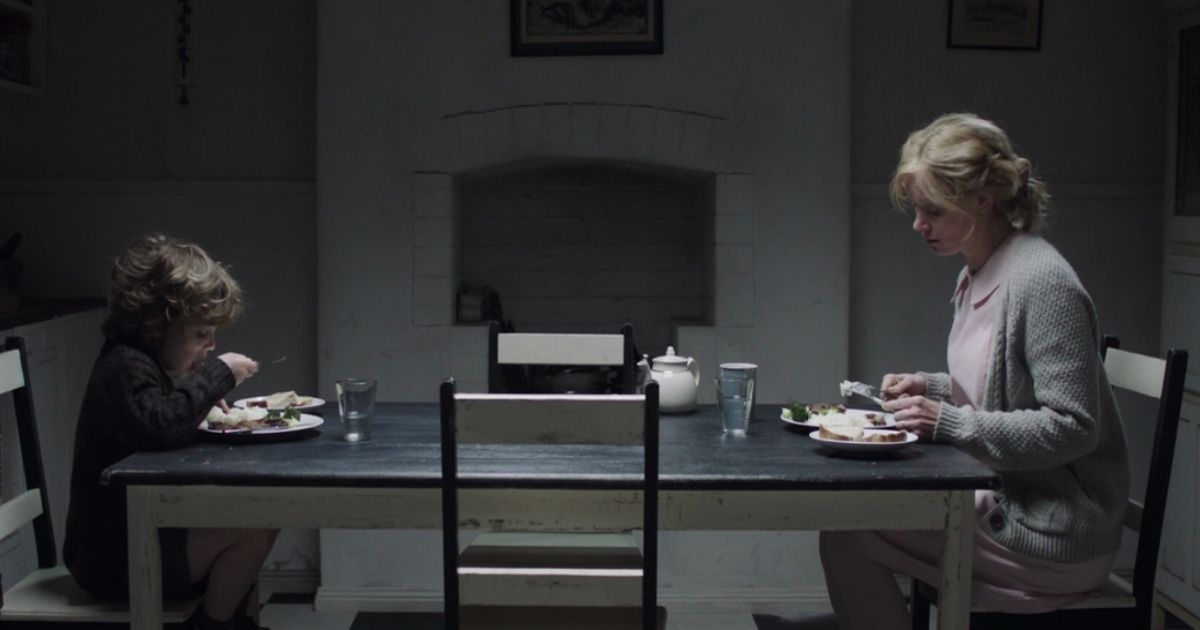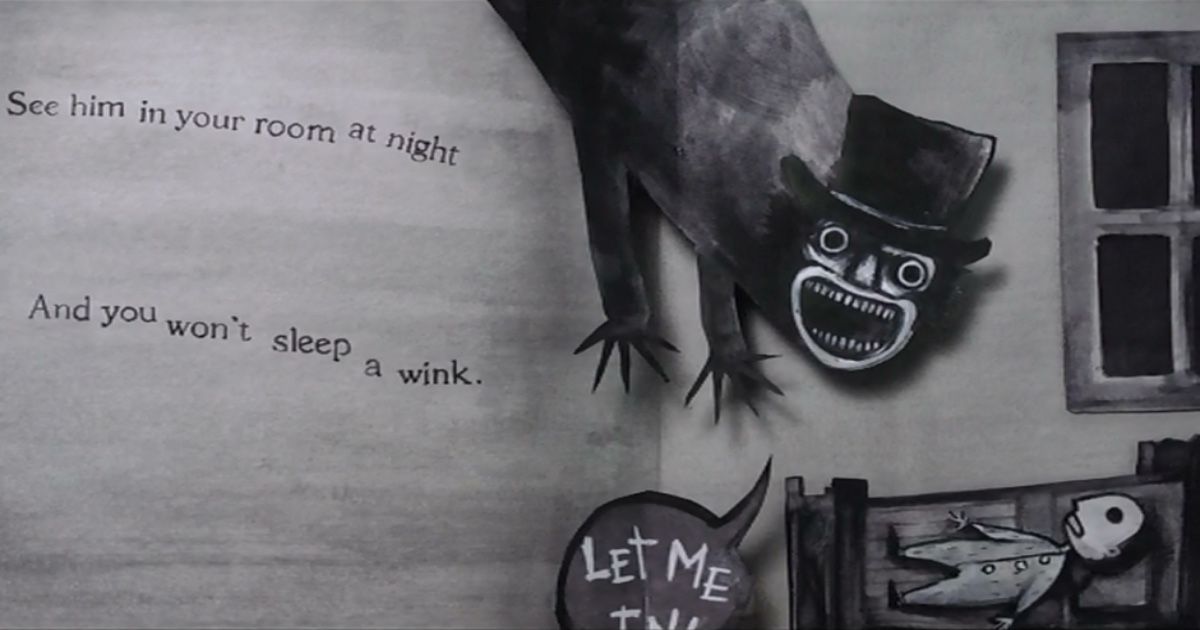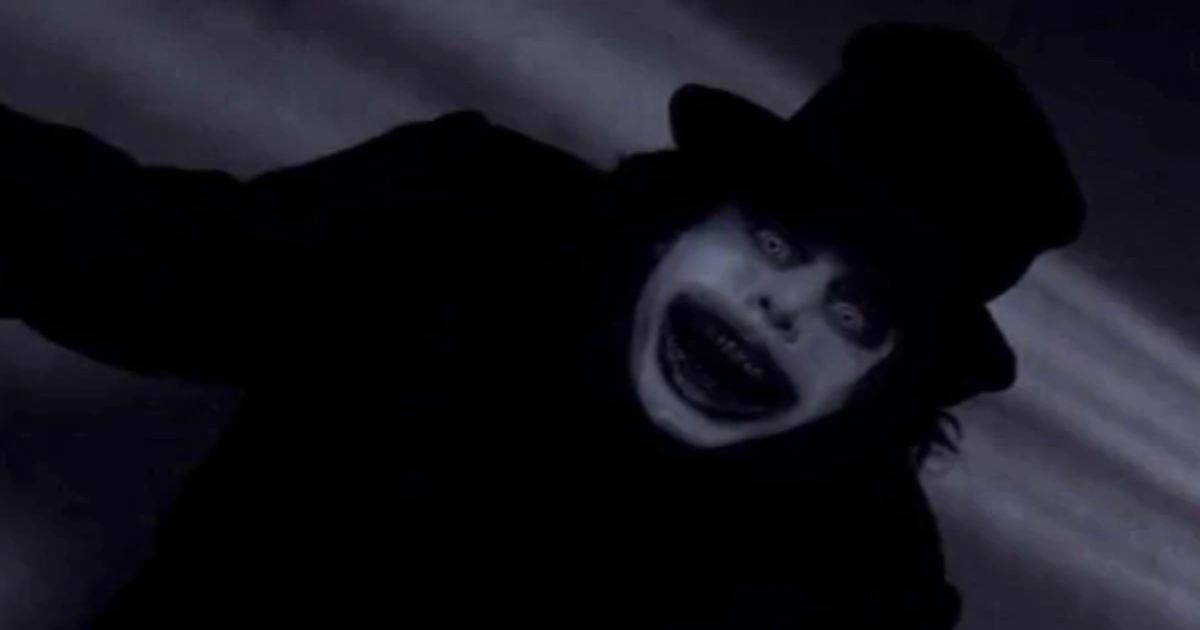Just based on the title, The Babadook may sound like a ridiculous, ironic name for a horror movie, like the name of a made-up ogre. Taking a closer look at the story, this assumption isn’t far from the truth — the monster comes straight from the pages of a real-world book, but the crushing impact it represents is far from laughable. Fans on the internet can’t agree with it, however, given the number of memes that spawned from the release of this monster.
The Babadook combines dark visuals and a recognizable antagonist with recognizable real-life feelings that add to the overall negative circumstances. This Australian film was rated a whopping 98% on Rotten Tomatoes, proving its worth as a piece of artistic excellence with plenty to offer audiences everywhere. The critical reception proved to be great around the world, and its popularity grew more as it became an iconic facet of the genre. The Babadook is definitely a modern masterpiece as opposed to an overrated movie.
Personified portrayal of sadness
Directed and written by Jennifer Kent, The Babadook provides an intimate close-up of how grief affects a family unit. Several horror movies explore this idea. In particular, this film visually captures how it creeps into your heart and home without you realizing its seriousness until it’s too late. In the story, the death of Amelia’s husband, Oskar, hangs like a dark cloud over her and their son Samuel. This loss seems to transform from a silent, underlying mourning into an oppressive physical force that cannot be ignored when the Babadook comes out. Once its presence is felt, the monster advances into one’s life and infiltrates a family to the core. As the storybook says, “If it’s in a word, or in a look, you can’t lose the Babadook.” This is only possible if Amelia looks straight at him and at the end of the film even makes peace with his home in her basement. Grief may always be present beneath the surface, but there are ways to tame it and subdue it over time.
The gloomy atmosphere this film relies on to create a dark sense of unease in the audience comes largely from the color palette, which is somewhat limited. Some horror movies rely at least a little bit of returning color that often matches the themes of the story, and the heavy grays and blacks that permeate The Babadook are basically all the film needs to create fear and hopelessness in the audience. For a significant portion of the film, it literally seems like all the positivity and vibrancy has been drained from Amelia and Samuel’s lives.
Unique and experimental elements
The title of the film itself is enough to encourage audiences to take a closer look at the story, to see if the film is indeed as strange as its name — and it absolutely is, but maybe not in the way you’d think. think. It doesn’t rely on too many tropes to seem campy, reinforcing the real horror at its core. What seems like a monster movie with a creepy child and a mean mother soon becomes a commentary on mental health after the death of a loved one. For a story that revolves around a small family unit and tests their bond through the mist of grief, it’s shocking that Amelia kills their dog and then turns on Sam. But this exposes the Babadook’s influence, bringing out the darkest parts of her as someone we’d least expect to snap — mostly interpreted as a metaphor for mourning.
With the Babadook’s long-fingered, Nosferatu-looking appearance, some of the sequences encourage viewers to believe they’re watching something much older than a 2014 film. This adds to the timeless feel of the film, something that many modern horror films fail to evoke. The making of The Babadook including heavy physical practical effects, such as manipulating figurines through stop-motion instead of creating a simple computer-generated creature, according to a Rolling Stone article.
The Babadook as a pop culture figure
If you’ve been in movie circles on social media for the past few years? The Babadook was released, you may already know that the titular creature is a bit of a celebrity. At first glance, the mysterious nature of the Babadook is somewhat malleable, adding a touch of mystery to an already twisting story with much more meaning beneath the surface. But the monster’s presence and aesthetics are also recognizable, rapidly increasing its online popularity. This alone was enough for internet users to call him a member of the LGBTQ+ community, and an iconic one at that.
The idea originated on Tumblrand according to a Vanity Fair article summarizing the phenomenon, director Jennifer Kent told Bloody Disgusting“I love that story…I think it’s crazy and just kept it alive.” This reputation was also strengthened when: The Babadook would have been added to Netflix’s LGBT movies subsection, though another article from Vox claims the photo may have been altered. Be that as it may, this discourse stimulated a new legion of fans and helped shed some light on such a dark tale. It helps with cementation The Babadook as a major entry into modern pop culture, and not the overrated horror movie it appears to be.



